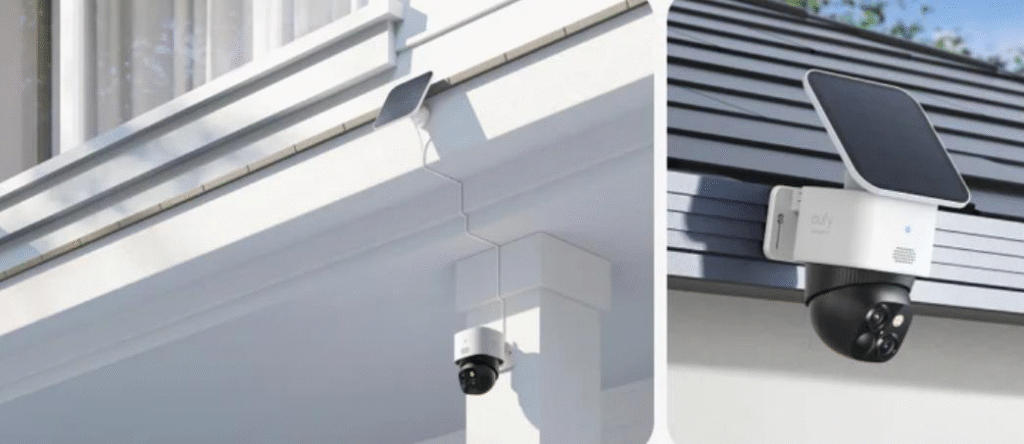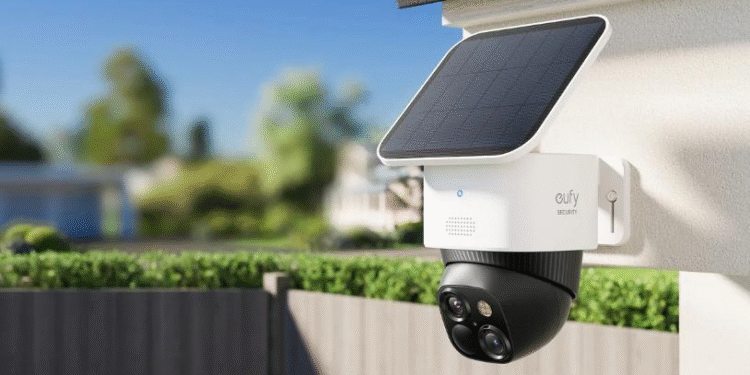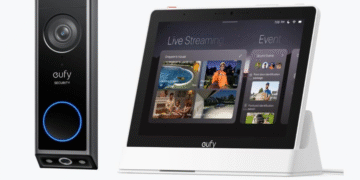CCTV cameras shape the modern workplace in ways that go beyond surveillance. They act as guardians of safety, protectors of property, and even motivators for consistent productivity. From shop floors to corporate offices, the presence of cameras influences both security and culture. For businesses, understanding how cctv camera works in practice allows them to harness their benefits without overwhelming employees. The role is not only about watching but also about creating a sense of accountability, building trust with clients, and providing evidence when disputes arise. The right camera system transforms a workplace into a more transparent and secure environment where people can thrive.
Enhancing Security Across Different Work Environments
Workplace safety is one of the most immediate reasons to install cameras.
Protecting Employees and Visitors
Cameras help deter external threats such as theft, break-ins, or unauthorized entry. A visible CCTV camera system at the entrance sends a clear message that the area is monitored. Beyond deterrence, these devices also protect employees and visitors by capturing events in real time. In industries like retail or hospitality, staff members often interact with strangers daily. Having surveillance ensures incidents can be reviewed and addressed promptly, offering peace of mind to workers and reassurance to guests.
Safeguarding Equipment and Assets
Factories, warehouses, and offices all contain valuable assets, from machinery to sensitive data servers. Cameras positioned strategically ensure assets are monitored around the clock. For example, when surveillance is paired with modern features like dual-lens coverage and 360° rotation, blind spots are eliminated. A system like the SoloCam S340 demonstrates how wide-angle coverage and zoom detail can monitor large storage areas while capturing clear details of suspicious movements. This dual approach makes asset protection both comprehensive and precise.
Responding Quickly to Emergencies
Workplaces also face sudden risks such as fires, accidents, or vandalism. A camera system records and relays such events instantly, enabling faster responses. Security staff or managers can quickly check footage, verify the situation, and coordinate help. In environments where every second counts—like construction sites or medical facilities—this capability directly reduces potential damage or injury. CCTV doesn’t prevent every emergency, but it creates a chain of awareness that helps mitigate outcomes effectively.
Driving Accountability and Productivity
The presence of cameras impacts how people behave at work.
Promoting Professional Conduct
Employees aware of surveillance often follow workplace guidelines more closely. Cameras remind teams that accountability exists, helping prevent misconduct or negligence. This doesn’t need to feel oppressive—when explained properly, cameras reinforce fairness. Everyone knows expectations apply equally, and performance evaluations rely on objective evidence rather than assumptions. This transparency fosters mutual respect between employers and employees.
Providing Evidence in Disputes
Conflicts occasionally arise in workplaces, whether between staff members or with external clients. Video footage provides neutral evidence that can resolve disputes fairly. For example, if an incident occurs in a retail store, managers can review recordings to determine what really happened. In office environments, cameras can help verify compliance with safety rules or confirm timelines. This ensures problems are solved with facts, reducing unnecessary tension.
Encouraging Efficiency and Focus
Cameras also serve as subtle motivators. Teams working in monitored environments are often more conscious of how they spend their time. This doesn’t mean constant pressure—it simply reduces prolonged distractions and emphasizes task completion. Managers, in turn, can analyze footage patterns to identify bottlenecks in workflows. The goal is not micromanagement but creating a smoother, more productive environment that benefits both staff and the business.
Integrating Modern Technology into Workplace Surveillance
Modern workplaces demand more than basic video feeds. Smart systems elevate camera roles from passive recording to proactive monitoring.
Expanding Coverage with Smart Design
Traditional single-lens cameras often miss angles, leaving gaps in coverage. Today, advanced solutions include dual-lens designs and 360° rotation to ensure every corner of a workplace is covered. A device like the SoloCam S340 demonstrates this evolution by combining panoramic viewing with the ability to zoom in on fine details. This ensures businesses don’t need multiple cameras to secure a single space, cutting down costs while raising efficiency.
Leveraging Solar Power and Easy Setup
Workplaces also need flexibility. Not every area has convenient wiring, especially in outdoor or remote zones like loading docks. Solar-powered, wire-free cameras meet this challenge with ease. With a removable solar panel, the camera remains active indefinitely once installed. This means businesses can protect outdoor areas continuously without worrying about battery life or complicated electrical work. For managers, the five-minute setup time removes logistical barriers to expanding coverage.

Balancing Security with Employee Trust
Modern surveillance also requires sensitivity to workplace culture. Cameras should enhance trust rather than diminish it. This balance is achieved when businesses communicate clearly about why cameras are used—safety, accountability, and protection—rather than constant scrutiny. With user-friendly local storage options, companies can emphasize privacy by ensuring footage is controlled in-house rather than being exposed to third-party servers. This level of transparency helps employees feel protected rather than policed.
Conclusion
CCTV cameras play a central role in modern workplaces by enhancing safety, protecting assets, encouraging accountability, and boosting productivity. Their effectiveness depends not just on watching but on integrating smart technology that adapts to real-world challenges. Devices like the SoloCam S340 Wireless Outdoor Security Camera highlight how features such as dual lenses, 3K resolution, solar-powered reliability, and 360° coverage support workplaces in practical and efficient ways. Ultimately, cameras act as more than silent observers—they become trusted partners in building secure, transparent, and productive environments. Businesses that approach surveillance thoughtfully can safeguard people and property while maintaining the trust essential for long-term success.













